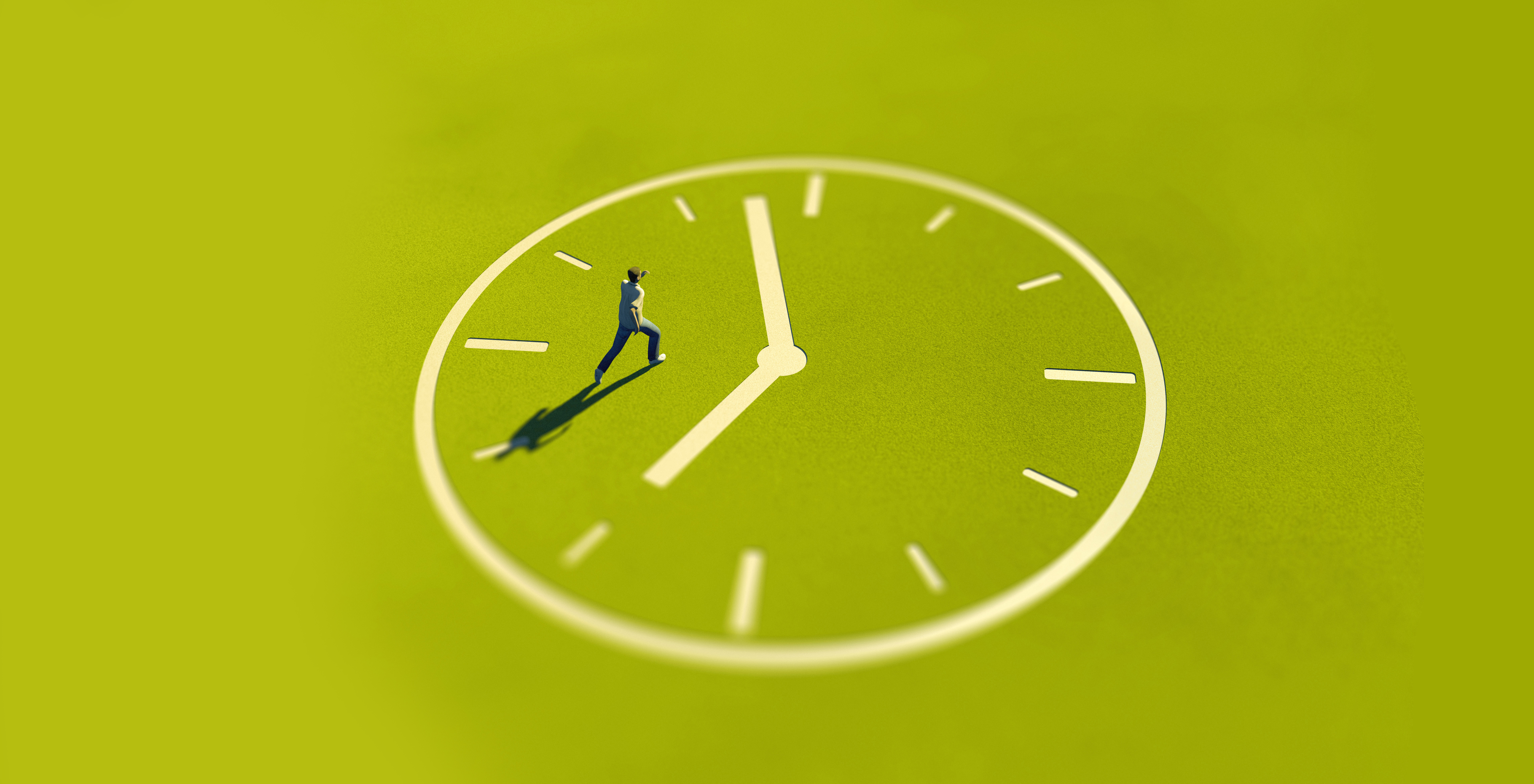How we use our time plays a significant role in how our lives unfold. Finding time amid a hectic schedule is undoubtedly a struggle. When we talk about mastering time from the Buddhist perspective, it’s not about time management in the traditional sense, where we calculate how much time we allot to each activity.
Rather, it is an attitude based on determination, prayer and effort to make the best use of our time. Ikeda Sensei explains: “Everyone has the same 24 hours in a day. However, if you use those hours wisely, you can accomplish a week’s worth of effort in a day, or 10 years’ worth of effort in a year. I have lived my life with that spirit” (Jan. 1, 2016, World Tribune, p. 8).
Here are four points from Sensei’s guidance explaining how to make the most of each moment:
1) Vigorous morning gongyo and daimoku are key.
First, our practice of morning and evening gongyo is the foundation for advancing on the correct path of life—a path aligned with the Law that pervades the three existences of past, present and future—and leading the most meaningful existence. Especially important, as the phrase “morning after morning we rise up with the Buddha” indicates, is doing an invigorating morning gongyo.
Failing to win in the morning can lead to an unsatisfactory day. And an unending succession of such days can add up to an unsatisfying life. On the other hand, winning in the morning, getting off to a good start, leads to a productive day and puts you on a path to solid progress, ultimately culminating in a life of fulfillment and victory. (Nov. 10, 2017, World Tribune, p. 6)
2) There’s no such thing as waiting for the right time; we must create it.
We have to make a determination, pray and take action. Unless we do so, our environment will not change in the least; though five or 10 years may pass, “that time” will never arrive. … “That time” is the moment you resolve from the depths of your heart, “Now I will stand up and fight!” From that instant, your destiny changes. Your life develops. History begins. (The Heart of the Lotus Sutra, p. 26)
3) Everything boils down to making a decision to do our best and determining never to retreat.
In severe circumstances, people tend to give up all too easily. They are convinced that the situation is hopeless before even considering what concrete actions they could take. In their hearts, they have already conceded defeat without even putting up a fight. That, in fact, is the cause of all failure.
The crucial thing is to determine to do your absolute best both at work and in Gakkai activities, and to find time to seriously chant about your situation. You have to bring forth your wisdom and life force, and then exercise your ingenuity. …
For instance, leaders who cannot get around to see their members because they have to travel frequently on business can encourage them by writing them letters regularly while on the road. Or, if they have to work overtime until late at night six days a week but have Sundays off, they can do a week’s worth of activities on that day. (The New Human Revolution, vol. 4, revised edition, pp. 149–50)
4) Exert 100% effort in each moment.
Nichiren Daishonin states, “If in a single moment of life we exhaust the pains and trials of millions of kalpas,[1] then instant after instant there will arise in us the three Buddha bodies[2] with which we are eternally endowed” (The Record of the Orally Transmitted Teachings, p. 214).
The expression “the pains and trials of millions of kalpas” refers to the ability to confront each of life’s problems with our full being, awakening the total consciousness, leaving no inner resource untapped. By wholeheartedly and directly meeting the challenges of life, we bring forth from within ourselves the “three Buddha bodies with which we are eternally endowed.” It is the light of this internal wisdom that constantly encourages and guides us toward true and correct action. (My Dear Friends in America, third edition, pp. 344–45)
References
- Kalpa: A measurement of time in ancient Indian cosmology corresponding to an extremely long period.
- Three Buddha Bodies: The Dharma body, reward body and manifested body. From the perspective of the Lotus Sutra, these are not separate entities, but three integral aspects of a single Buddha.
You are reading {{ meterCount }} of {{ meterMax }} free premium articles

